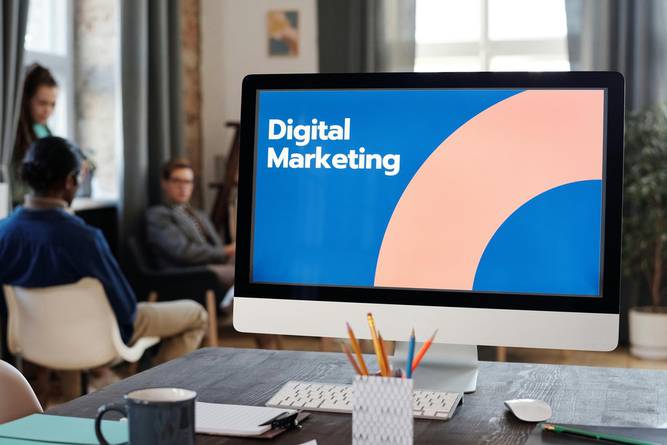In today's digital landscape, a single post can catapult someone to fame or infamy in mere seconds. With platforms like TikTok leading the charge, the potential for viral content is both a blessing and a curse. As we navigate this new era of social media, understanding how to manage a brand's reputation in the face of negative virality has never been more crucial. ?

The Power of Virality
TikTok has transformed the way we consume content, with over 1 billion active users worldwide. This staggering number means that a single video can reach millions in a matter of hours. However, with great power comes great responsibility. The same platform that can launch a dance challenge can also amplify a scandal.
Statistics on TikTok Usage
| Metric | Value |
|---|---|
| Active Users | 1 billion |
| Average Daily Time Spent | 52 minutes |
| Videos Watched Daily | 1 billion |
| User Demographics | 60% Gen Z, 26% Millennials |
| Engagement Rate | 15% (highest among social media platforms) |
The engagement rate on TikTok is particularly noteworthy. With an average of 15%, it surpasses other platforms like Instagram and Twitter, making it a double-edged sword for brands. A single misstep can lead to a PR nightmare, while a well-timed response can turn the tide in their favor.
Case Studies of Viral Controversies
Several brands have faced backlash due to viral content. Here are a few notable examples:
| Brand | Incident Description | Outcome |
|---|---|---|
| Dove | A controversial ad perceived as racist | Public apology and rebranding |
| Pepsi | A protest-themed ad featuring Kendall Jenner | Withdrawn and significant backlash |
| H&M | A hoodie ad with a racially insensitive message | Major public outcry and boycott |
These incidents highlight the importance of understanding your audience and the potential ramifications of your content.
Strategies for Damage Control
When faced with negative virality, brands must act swiftly and strategically. Here are some effective damage control strategies:
-
Acknowledge the Issue: Ignoring the problem can exacerbate the situation. A prompt acknowledgment can help mitigate backlash.
-
Issue a Public Apology: A sincere apology can go a long way. Brands like Dove have shown that taking responsibility can help rebuild trust.
-
Engage with Your Audience: Use social media to communicate directly with your audience. Transparency can foster goodwill.
-
Learn and Adapt: Analyze what went wrong and implement changes to prevent future issues. This shows that the brand is committed to improvement.
Example of Effective Damage Control
A prime example of effective damage control is the response from Dove after their controversial ad. They quickly issued a public apology and launched a campaign focused on inclusivity, which helped to restore their brand image.
The Role of Influencers
Influencers play a significant role in shaping public perception on TikTok. Brands often collaborate with influencers to reach a wider audience, but this can backfire if the influencer is involved in a scandal.
Influencer Impact Statistics
| Metric | Value |
|---|---|
| Average Engagement Rate | 3.5% |
| Brands Using Influencers | 75% |
| Consumer Trust in Influencers | 61% |
The statistics show that while influencers can enhance brand visibility, they can also pose risks. Brands must carefully vet influencers to ensure alignment with their values.
Conclusion
In the TikTok era, the line between viral success and viral failure is razor-thin. Brands must be prepared to navigate the complexities of social media, where a single post can lead to widespread scrutiny. By understanding the dynamics of virality and implementing effective damage control strategies, brands can not only survive but thrive in this fast-paced digital landscape. ?
For more insights on managing your brand's reputation in the age of social media, check out Hootsuite's guide on social media management. Remember, in the world of TikTok, it's not just about going viral; it's about going viral for the right reasons!



